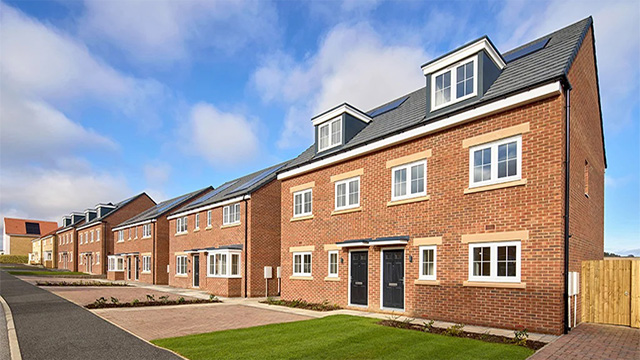Although the property sector of the stock market seems to be catching bid fever, property itself continues out of favour with institutional investors.
The main victims in 1986 have been provincial offices. According to Baring, Houston & Saunders’ Property Investment Report for April, “investment demand for offices is negligible except for City and West End.
“It’s not that the institutions don’t like provincial offices,” says Robert Houston of BH&S. “But most of the money that is going in is going to the City in big chunks or being directed towards London and shops. There’s not much left over.”
BH&S say they expect little change in market feeling until the autumn. At that point, Robert Houston says, “fund managers will have to make decisions, whether to put money in property or not”.
Most, he thinks, will choose to keep their fund’s commitment to property from dipping too low, but others may decide to get out entirely.
“Some pension funds that came in during the latter part of the 1970s and bought a handful of properties are wondering why they ever did,” says Robert Houston. “Their holdings are now down to a miniscule proportion — maybe 2% of the total — and they might decide to disinvest for administrative reasons.”
The pressures which are keeping funds away from property are also spotlighted by Weatherall Green & Smith’s Quarterly Property Index for spring 1986. This shows that the annual return on the portfolio declined from 8.16% last quarter to 7.36%. “This is mostly due to the poor performance of the office sector, which has only achieved a total return of 2.68% over the last year despite a running yield of 6% and a sharp increase in the reversionary potential,” WGS say.
The firm expect the downward trend in the office sector to continue “as long as some of the office property in the index is perceived as being not entirely up to modern specifications”.
Shops continue to be the star sector, with an annual total return of 13.45%. Without this better-than-average performance, say WGS, total returns on the portfolio would be severely depressed.
The index also shows that income growth overall is responsible for most of the rise in total returns. Over the quarter, rental income rose by 1.3%, while capital value fell marginally.
WGS say the change of emphasis is partially due to investors’ uncertainty over the kind of buildings the market will require in 20 years’ time. And they note that the funds’ desire to improve capital performance has induced intense competition for prime development sites.
“Only time will tell whether the prices paid can be justified in terms of the potential for capital growth and the increased risk attached to the development profit,” say WGS.










